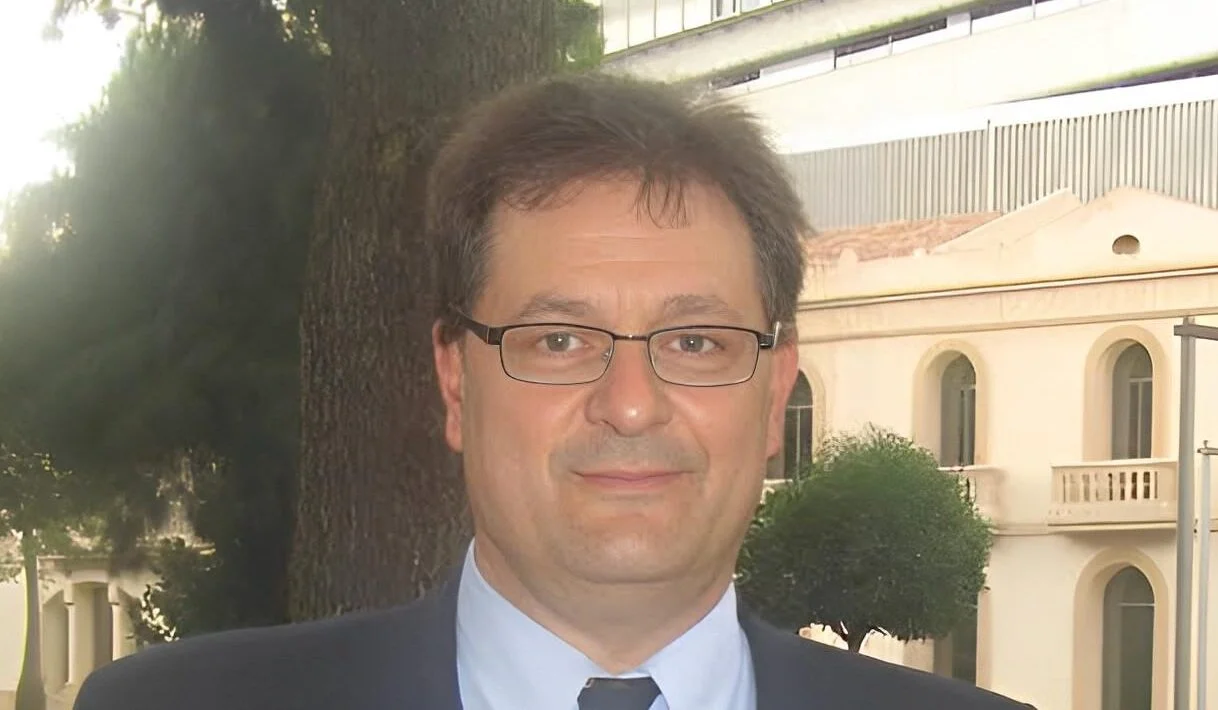Miguel Bronchud, Co-Founder and Advisory Board at Regenerative Medicine Solutions, shared a post on LinkedIn:
“Scientific research is a tough job (long working hours, uncertain career, not particularly well paid in most cases) restricted to reasonably wealthy countries ? And one of the main factors that drives it -and guarantees success and continuity – is not (only) talent, hard work and dedication, but good luck – and to be at the right time in the right place?
Whether research funding is targetable to improve its success rates is one of the central unresolved questions of science policy.
A particular question is how often research aimed at understanding one disease or problem spills over to others? Or leading from one particular “standard” framework to another? Over an often rather long period of time?
Critics , for example, of the agency’s NIH (National Institutes of Health, USA) priority-setting process have repeatedly called for “better alignment between funding and disease burden”, and patient advocates for specific diseases for more funding for their causes? Has this truly improved outcomes?
The journal Nature highlights ( for example) that more than 40% of postdoctoral researchers leave academia, according to a study of some 45,500 researchers’ careers. In many countries there are more postdocs than faculty positions available, which creates a bottleneck. Researchers found that postdocs who publish a ‘hit paper’ — one that is in the top 5% most-cited papers in its field in the year of publication — are more likely both to land academic positions and to produce highly-cited work early.
See: “Unexpectedness in medical research”
By: Yasemin Aslan a; Ohid Yaqub a, and Bhaven N. Sampat c; Daniele Rotolo a b
Where:
a – SPRU (Science Policy Research Unit), University of Sussex Business School, UK
b – DMMM (Department of Mechanics, Mathematics and Management), Polytechnic University of Bari, Italy
c – Arizona State University, USA
These authors studied more than 1.2 million publications stemming from over 90,000 grants in biomedical science awarded by the US National Institutes of Health (NIH) between 2008 and 2016.
The team trained a machine-learning algorithm to analyse the text of the papers and classify the research according to scientific categories laid out by the NIH, such as ‘chronic pain’ or ‘climate change’.
The researchers compared the results with the categories listed in the aims and expectations of the grant proposal.
Around 70% of biomedical publications included text in at least one category that wasn’t mentioned in their grant — the authors’ measure of ‘unexpectedness’.
After discounting closely related terms — for example, liver disease and liver cancer — the team found that 58% of papers had unexpected findings. And, on average, around one-third of all the categories assigned to a given paper were deemed unexpected.
Publications from larger grants were more likely to contain unexpectedness? Should the system increase unexpectedness?”
Unexpectedness in medical research
Authors: Yasemin Aslan et al.

